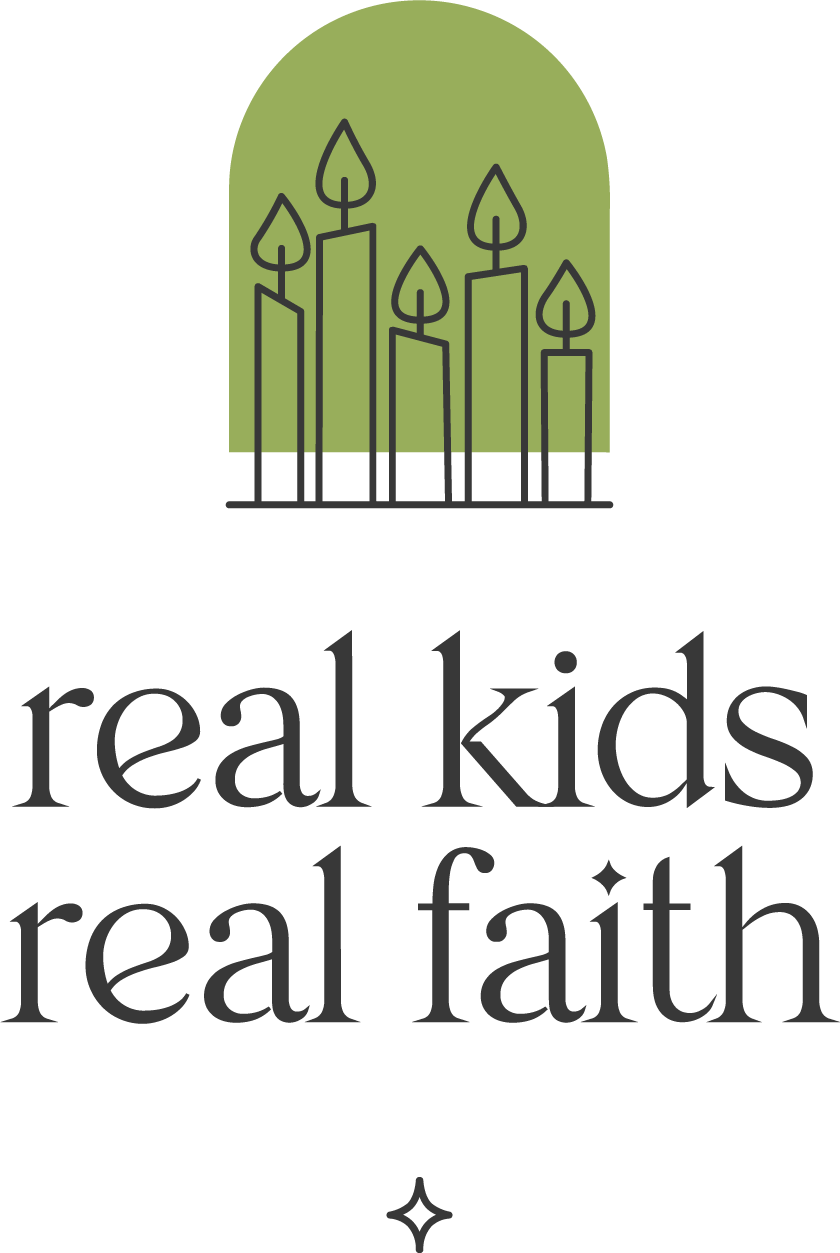Children’s feelings can shift and change rapidly. One minute a toddler is happily playing and the next they’re screaming and kicking on the floor because someone disrupted their activity. A seven-year-old who loves school one week can grow anxious about lunchroom dynamics and drag their feet the next Monday. The death of a family pet or grandparent may leave any child feeling on the edge of tears.
Licensed counselor Heather Hawk Feinberg wrote Crying is Like the Rain to help children explore and manage these big emotions. She wants kids to recognize that strong feelings are a normal part of life. And she explains how crying can be a helpful way to process emotions.
This book works well as a read-aloud text with children as young as 3 and is also suitable as a read-alone text for children 8 and older. Consider exploring the book’s ideas together first, using one or more of the activities suggested here. Then leave a copy of the book where children can ‘review’ it whenever they want through scanning the pictures or rereading the text.
Different Kinds of Tears. Crying, like the rain, can take different forms. Sometimes tears come fast and furious; other times, they trickle down our face slowly or come in waves. Invite children to think about times when they have cried. Ask: What emotions were you feeling while you were crying? Note that some people think that tears always mean something is wrong, but people also cry for other reasons. Ask: When have you cried because you were happy or excited about something? What other reasons for crying can you think of?
Emotional Storms. Sometimes feelings build up inside like a tornado, hurricane, earthquake, or volcano. Invite children to act out these stormy emotions. Imagine frustration swirling, pressure expanding and cracking, anger exploding. Encourage them to show how these emotions feel in their bodies. Start with a small storm and then build to a bigger one. Add shouts and jabs of thunder and lightning, twirling and bending like strong winds, and other motions that mimic strong weather systems.
Storm Warnings. Often, changes in the weather offer warnings that a storm is coming. The same can be true for emotional storms. Ask: What kinds of events or experiences often lead you to feel big emotions? What signals does your body give you before an emotional outburst? With younger children, ask: How does your tummy feel when you are having a hard day?
Storm Reactions. Not everyone is comfortable with crying. They may feel anxious or scared. They may disapprove of people showing their emotions in public. Or they might want to distract the person who is crying in some way. Invite children to draw pictures of others’ reactions to their crying. Encourage them to focus on the expressions they saw on people’s faces and the things people did. Ask: How did you feel when you saw others’ reactions? What reaction did you want others to have?
For further activities, check out “Weather Reports: A Mindfulness Game” at the end of the book and the “Weather Meditation” provided on the author’s website.

Comments